With consumers' increasing emphasis on bathroom space and personalized needs, freestanding bathtubs are becoming a popular choice for home bathroom renovations. Among them, acrylic freestanding tub is increasingly favoured by families and designers due to their lightweight, aesthetic, and easy-to-maintain characteristics. However, despite the many advantages of acrylic material, there are also some potential drawbacks that consumers should weigh when renovating bathrooms. This article will analyse in depth the advantages and disadvantages of acrylic freestanding bathtubs and provide consumers with purchasing and design references.

1. The advantages of an acrylic independent bathtub
Lightweight design for easy installation
Compared to traditional cast iron or stone bathtubs, acrylic bathtubs are lighter in weight, making the handling and installation process more straightforward. Many old houses have complex bathroom structures with limited load-bearing capacity. The lightweight feature of acrylic material reduces installation difficulty and also reduces the need for floor structure renovation. This advantage makes independent acrylic bathtubs the preferred choice for renovating old houses and urban apartments.
Diversified design to meet personalized needs
Acrylic material offers good plasticity, allowing manufacturers to produce a variety of freestanding bathtubs in different shapes, including classic ovals, modern squares, and curved styles with ergonomic designs. This design flexibility meets the pursuit of personalized bathrooms by American consumers, whether it is modern minimalist style or luxurious retro style, suitable acrylic bathtubs can be found.
Good insulation performance
The acrylic material itself has certain insulation properties, allowing it to maintain the bathtub's temperature for an extended period. This feature is significant for families who want to enjoy long baths, especially in the cold northern regions of the United States, where the insulation effect can significantly enhance the comfort experience. Some high-end acrylic bathtubs are even equipped with thickened bottom plates and insulation layers, allowing hot water to remain hotter for longer.
Easy to clean and maintain
Acrylic has a smooth surface and is not easily absorbent, making it resistant to dirt and scale. Daily cleaning only requires mild cleaning agents. Compared to cast-iron bathtubs that are prone to rusting or stone bathtubs that are easily stained, acrylic bathtubs are more suitable for the fast-paced lifestyle of modern families. Additionally, small scratches on the surface of acrylic can be repaired by grinding or polishing, thereby extending its service life.
Relatively affordable
Although the price of high-end acrylic bathtubs in the market is comparable to some stone or cast iron bathtubs, overall, the cost-effectiveness of acrylic bathtubs in bathroom renovations is still high. For renovation projects with limited budgets, acrylic bathtubs provide a good balance between design diversity and practicality.
2. Potential drawbacks of the acrylic freestanding bathtub
Easy to be scratched or stained
Although acrylic has a smooth surface, its hardness is relatively low, and sharp objects easily scratch it. For example, the metal edges of bathroom cleaning tools or toiletries may leave scratches during use. Additionally, strongly coloured bath salts, lotions, or hair dyes may leave slight staining marks on the surface of acrylic if not cleaned promptly.
Limited structural strength
Compared to cast iron or natural stone bathtubs, acrylic material has lower strength and hardness. During long-term use or exposure to gravity impact, slight deformation or uneven bottom support may occur. Therefore, when installing acrylic bathtubs, it is essential to ensure a flat surface and use suitable support frames to ensure safety and stability.
Temperature sensitivity
Although acrylic has specific insulation properties, it may experience slight expansion or contraction at extreme temperatures. If it comes into direct contact with very hot water or is used for a long time in a high-temperature environment, it may accelerate the ageing rate of the material. In addition, acrylic bathtubs may experience slight yellowing in colour when exposed to sunlight for a long time.
General sound isolation
Compared to thick cast-iron or stone bathtubs, acrylic bathtubs produce more noticeable water sounds during water filling or use. Some users may feel that the sound is too spacious or has a strong echo, which affects the peaceful experience of taking a bath. Some high-end acrylic bathtubs improve this problem by designing thicker bottom plates or sound insulation layers, but additional investment is still required.
3. Market Trends and Consumer Preferences
In recent years, the bathroom renovation market has shown the following trends:
The demand for freestanding bathtubs is growing: According to market research institutions, the sales of freestanding bathtubs have increased by about 8% -10% annually in the past five years, especially favoured by young families in urban apartments and high-end residences.
Lightweight and environmentally friendly materials are in high demand: consumers tend to opt for materials that are easy to install, recyclable, and environmentally friendly. Acrylic material meets the needs of lightweight and sustainable development, making it the preferred choice in the renovation trend.
Personalized design and emphasis on ergonomics: The families are increasingly focusing on bathroom experience, and acrylic bathtubs can provide comfortable sitting and lying designs that conform to the human body curve, enhancing the bathing experience.
DIY installation trend: Lightweight acrylic bathtubs support partial DIY installation, reducing renovation costs and are also in line with the cultural trend of "DIY Renovation" among American consumers.
4. Purchase suggestions
Experts suggest that consumers choose acrylic freestanding bathtubs in bathroom renovations:
Confirm size and space: Choose the appropriate size based on the bathroom area and layout to ensure that it is both aesthetically pleasing and does not take up too much activity space.
Check the supporting structure: Ensure that the floor is stable and use supporting frames during installation to avoid deformation caused by prolonged use.
Choose high-quality acrylic material: Acrylic with moderate thickness and high density can improve durability and insulation.
Pay attention to maintenance: avoid using sharp tools for cleaning, promptly clean dye substances, and extend service life.
Consider brand and after-sales service: Choose a reputable brand to ensure proper installation guidance and after-sales service.
5. Conclusion
Overall, acrylic freestanding bathtubs hold a significant position in the bathroom renovation market due to their lightweight design, diverse styles, ease of maintenance, and high cost-effectiveness. For consumers seeking to create a comfortable, stylish, and personalised bathroom experience at home, acrylic bathtubs are the ideal choice. However, consumers still need to pay attention to the durability of materials, supporting structures, and maintenance methods during the selection and installation process, to fully utilize their advantages and avoid potential drawbacks that may affect the user experience. As demand for high-end, comfortable bathrooms continues to grow in the market, acrylic freestanding bathtubs will remain a popular trend in bathroom renovations.

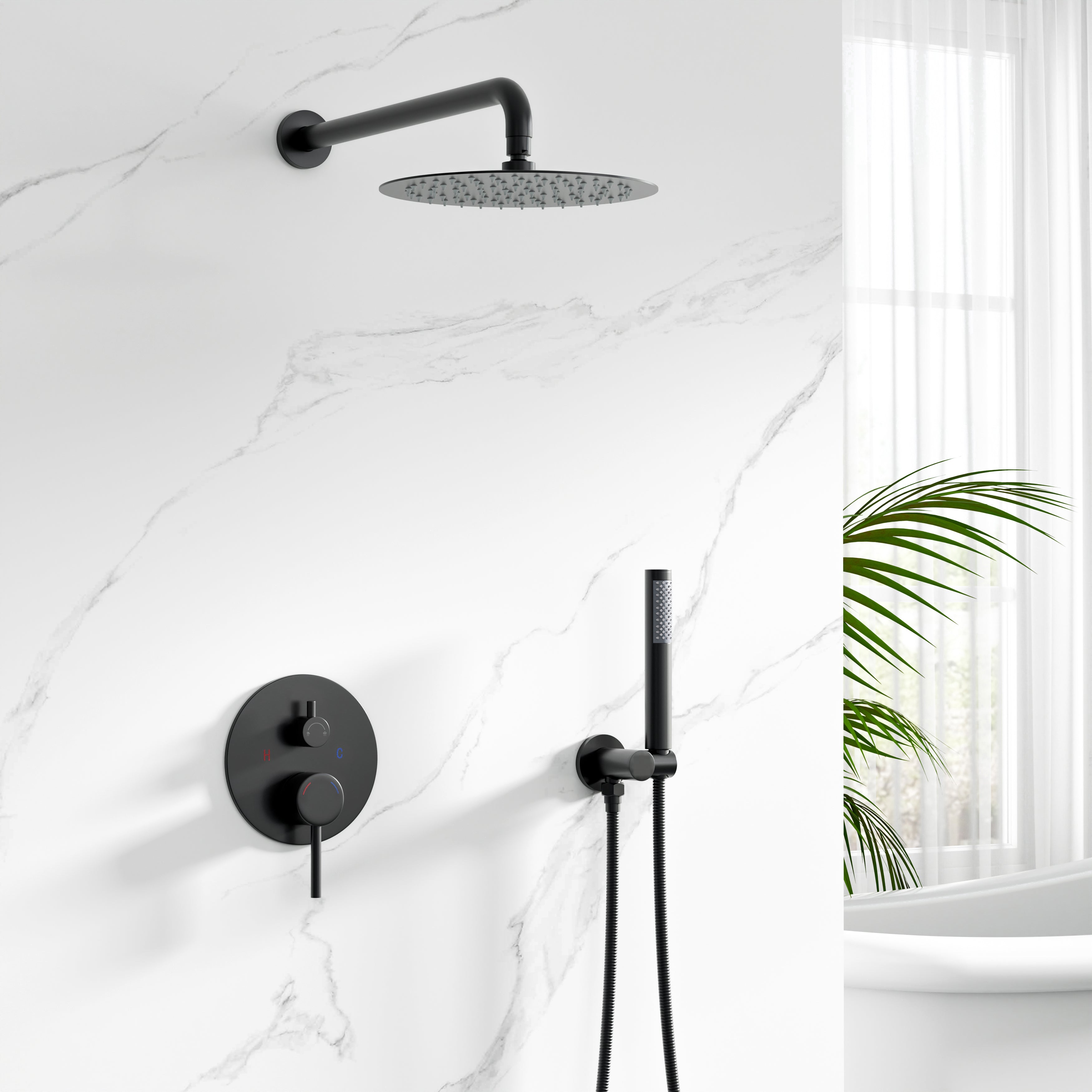
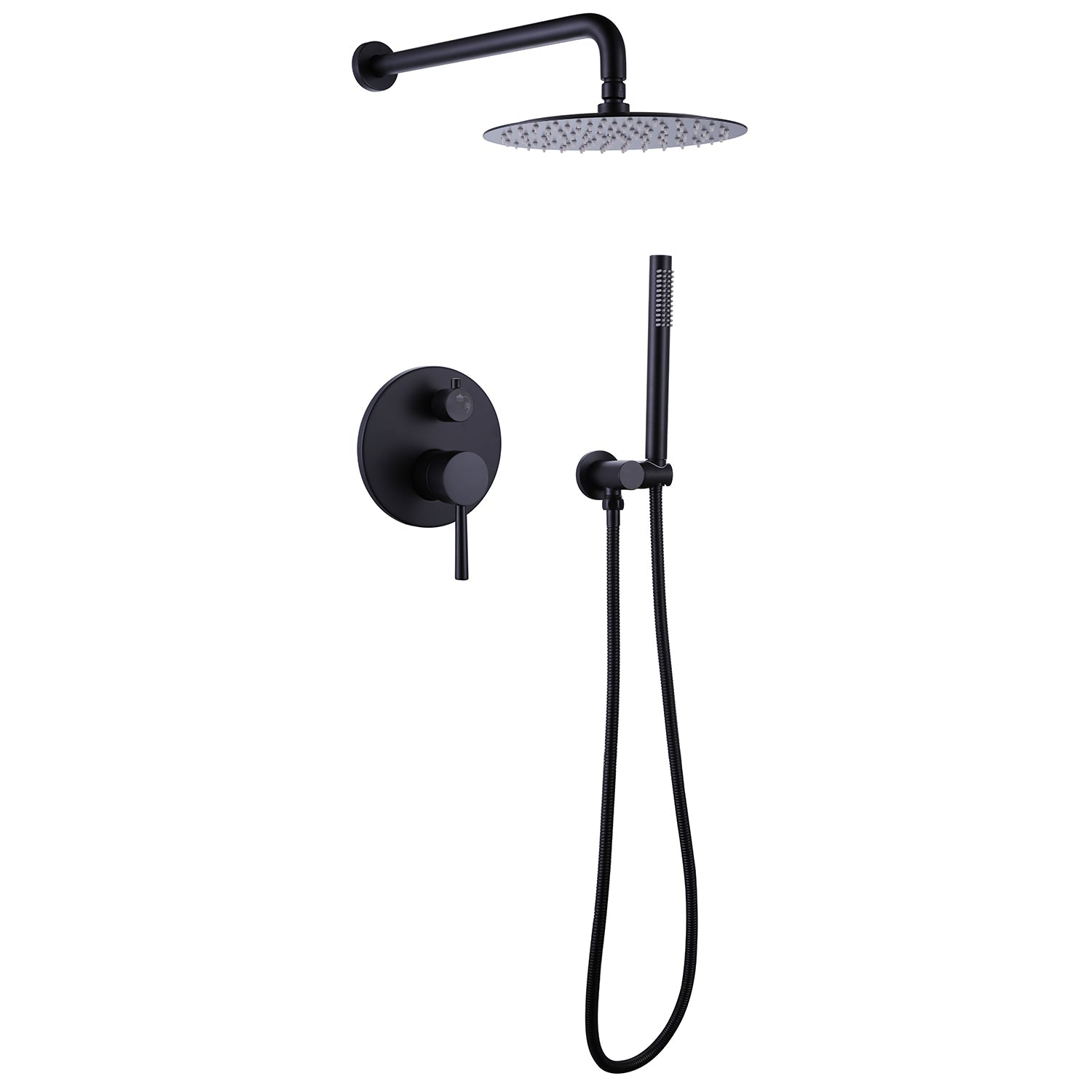




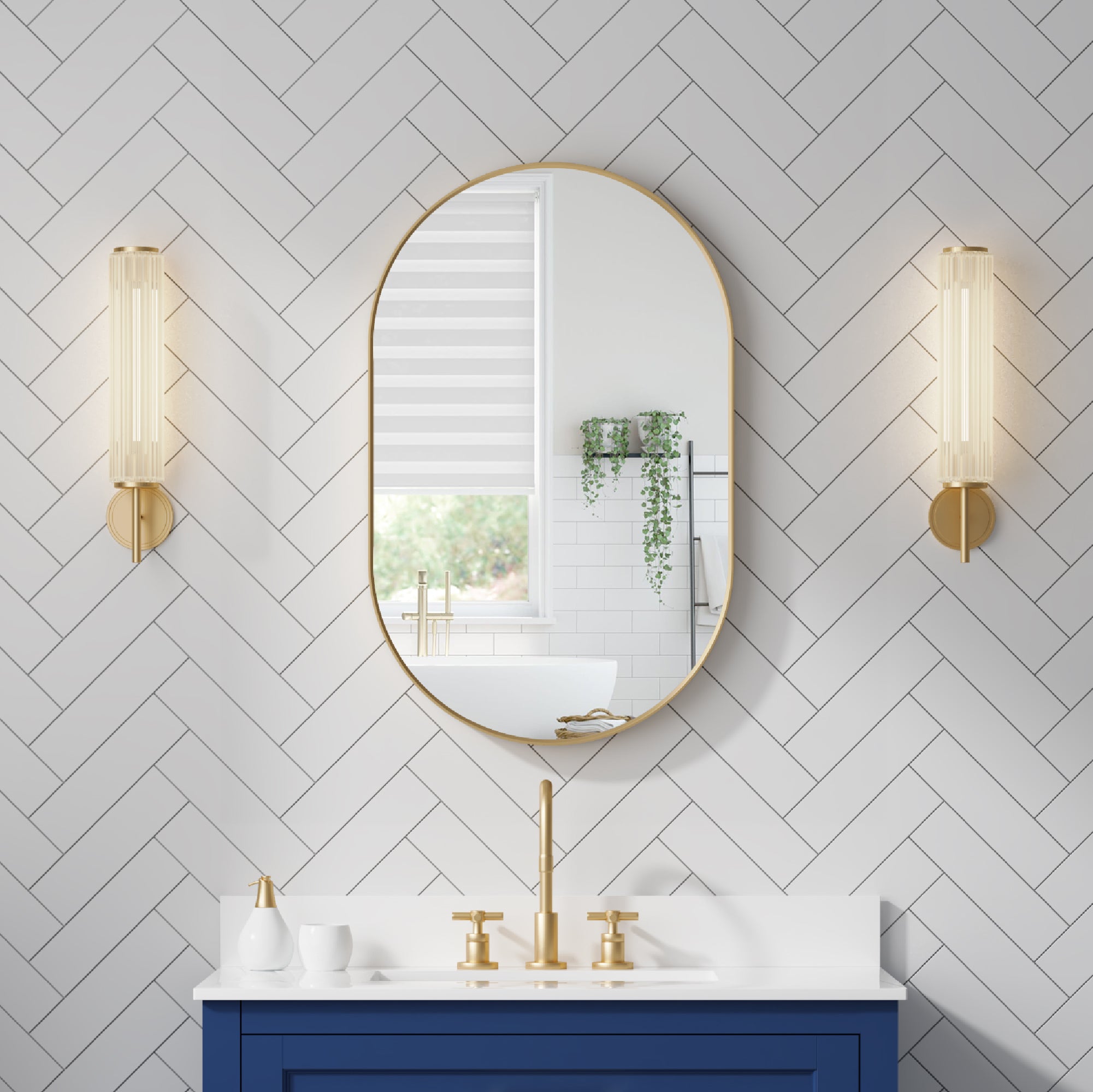
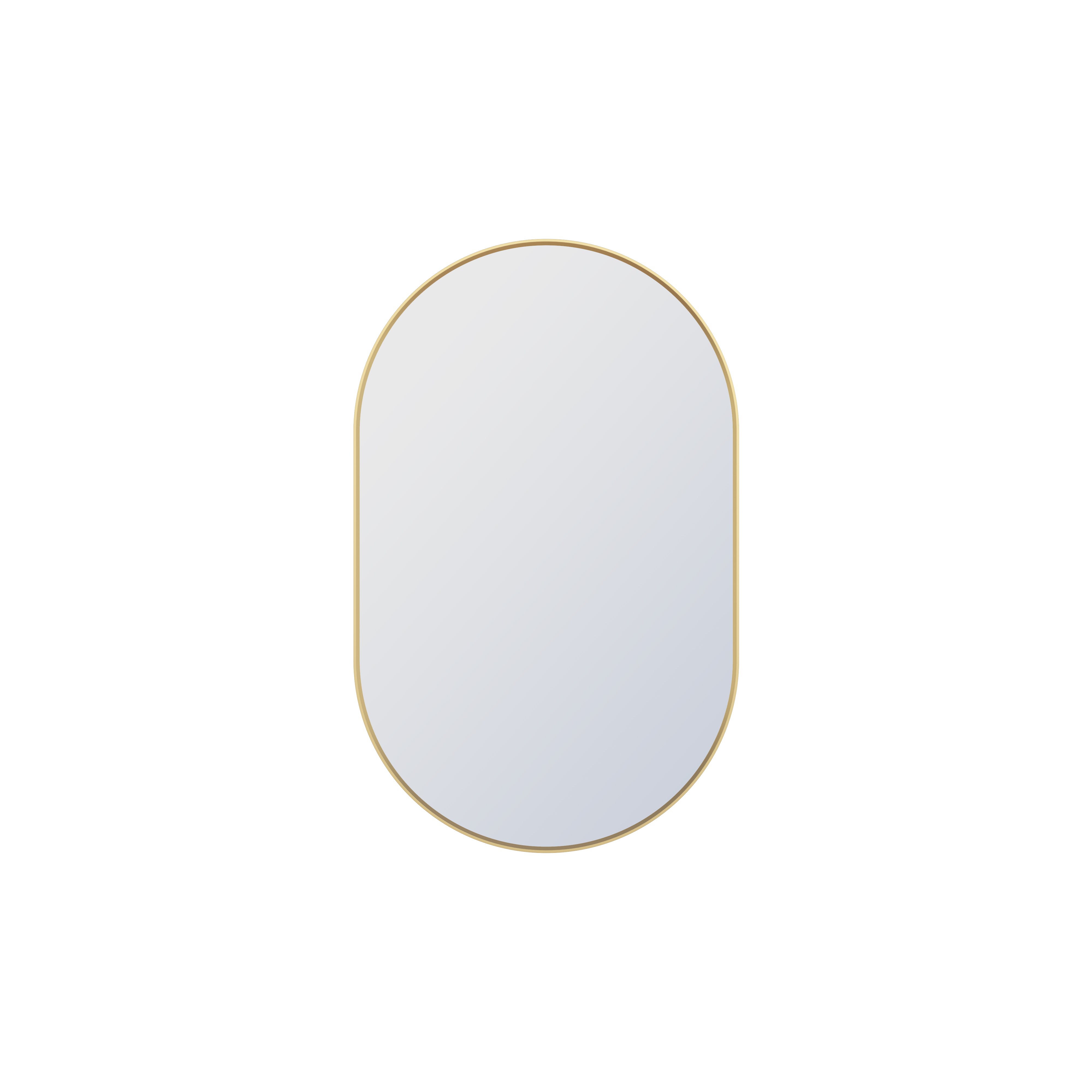

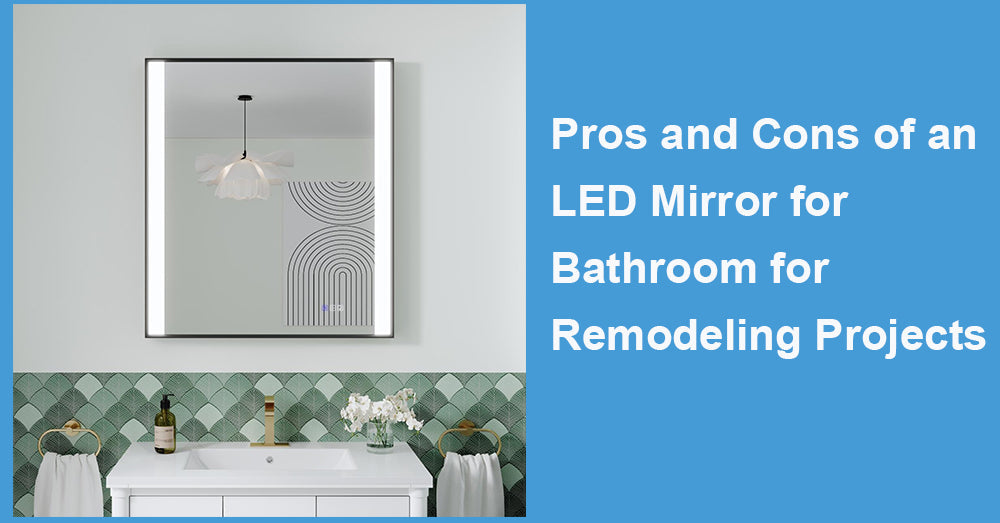
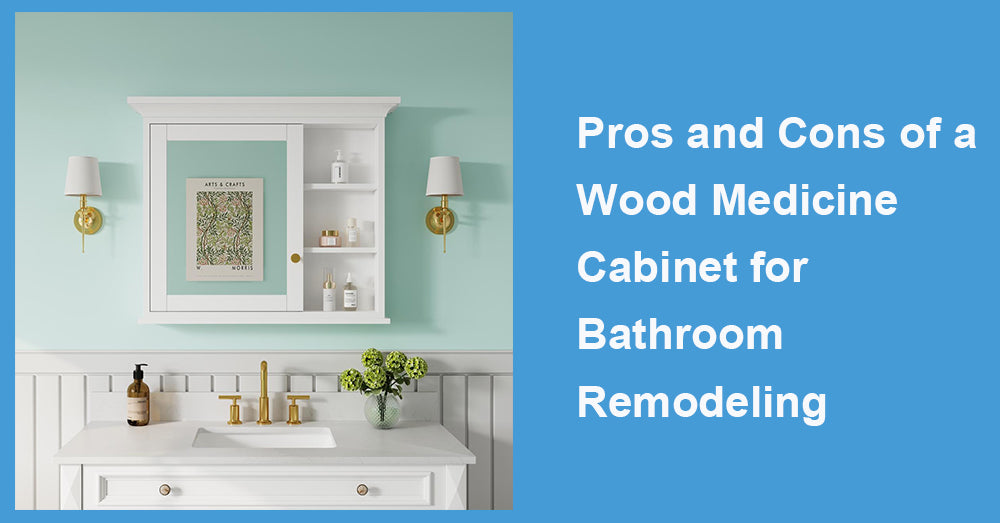
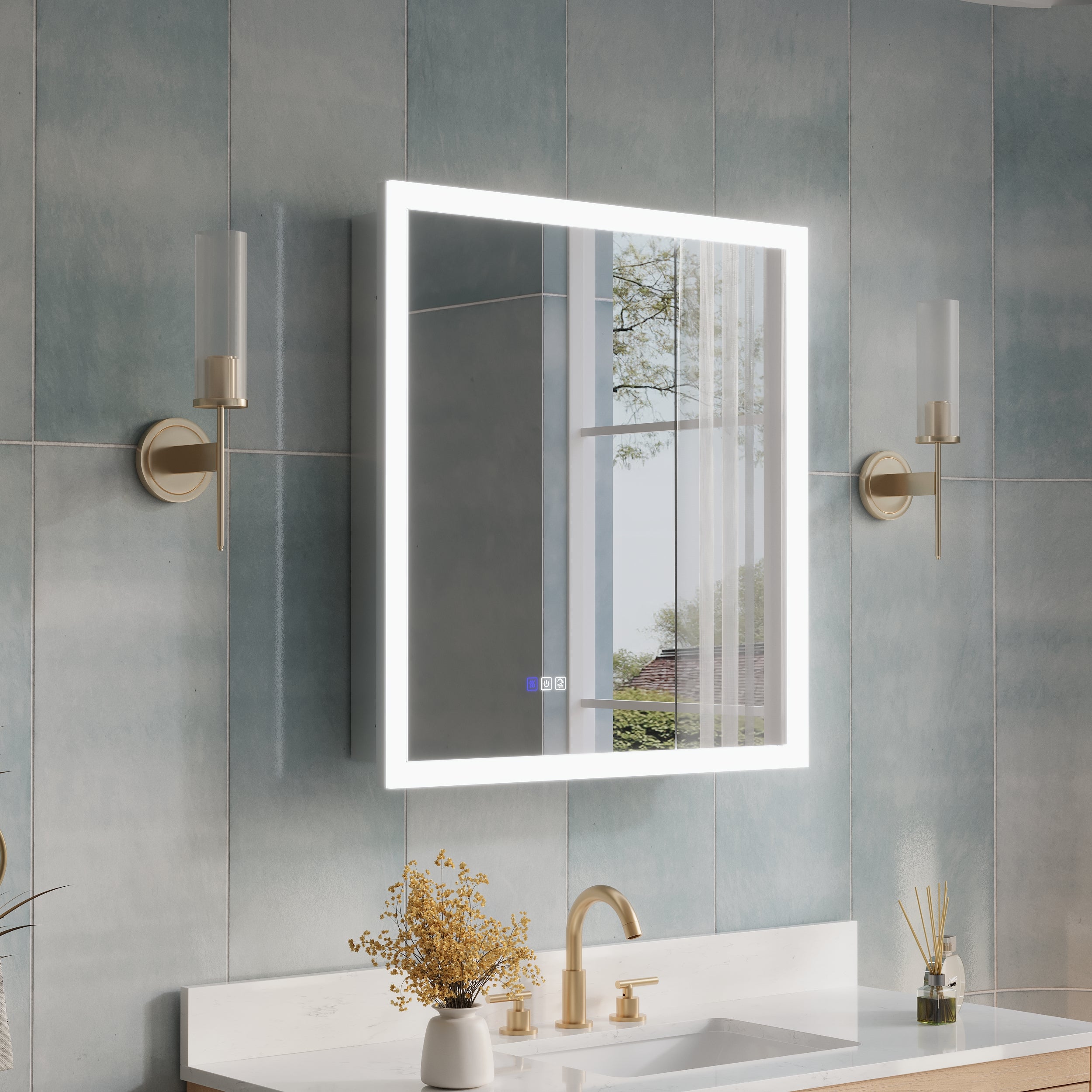

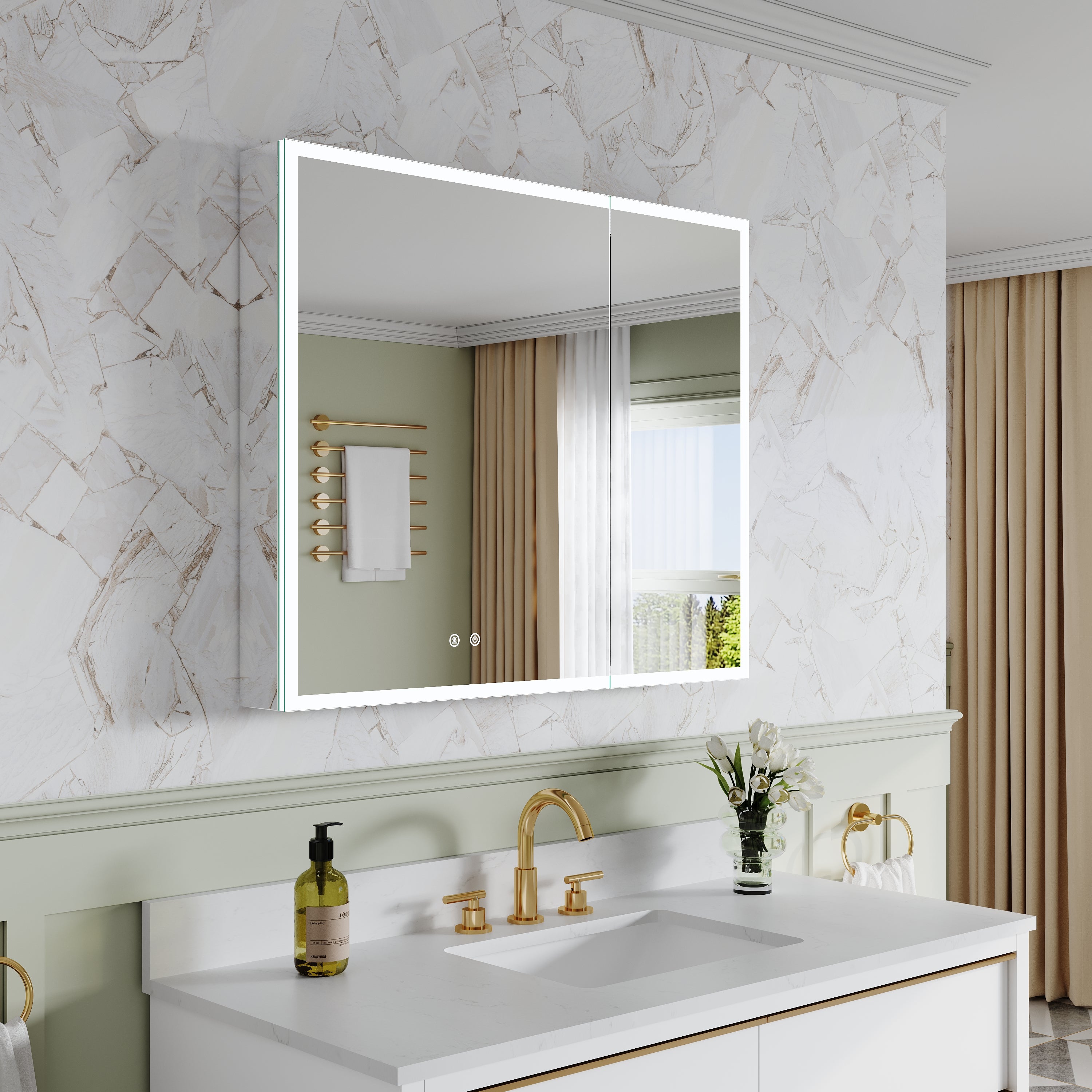
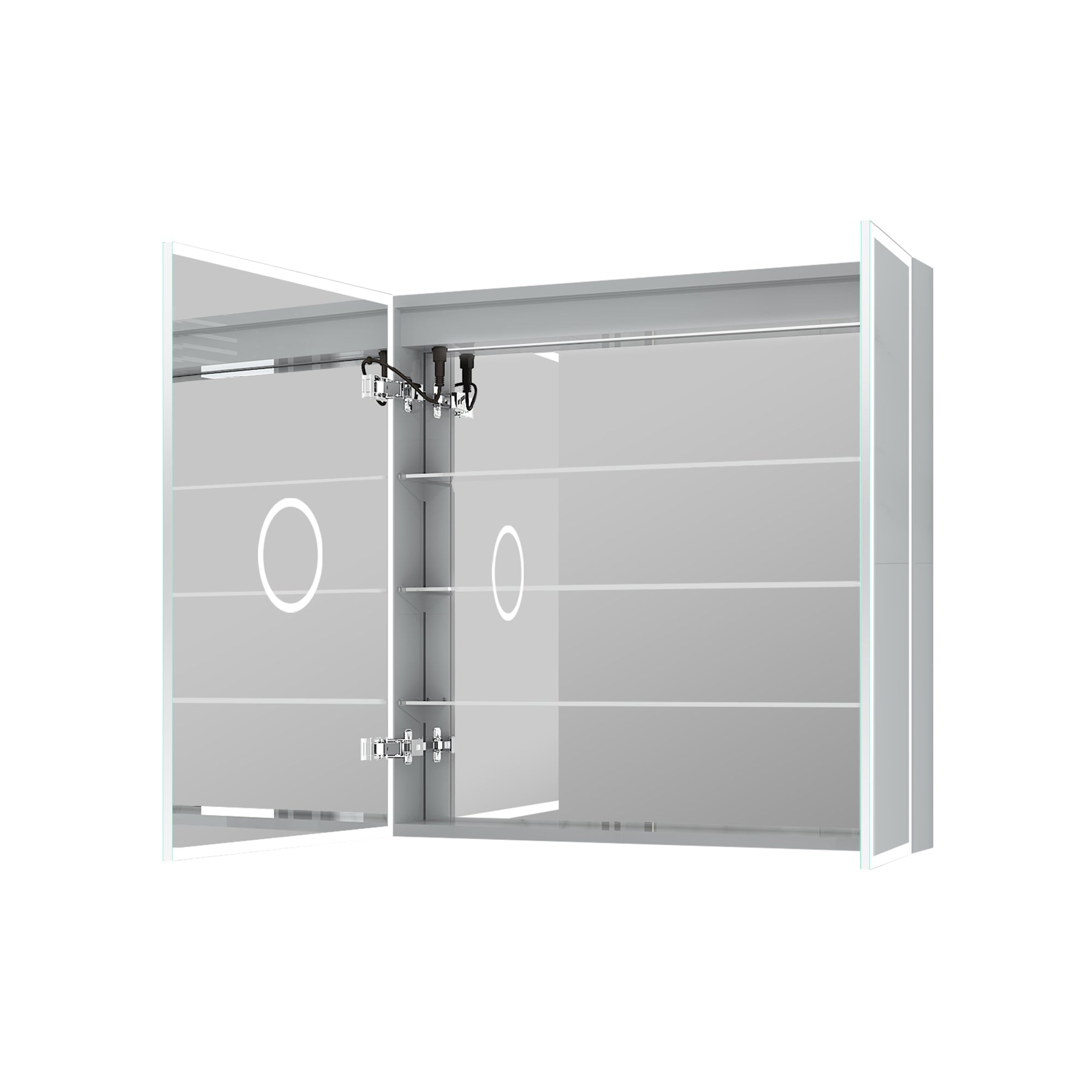
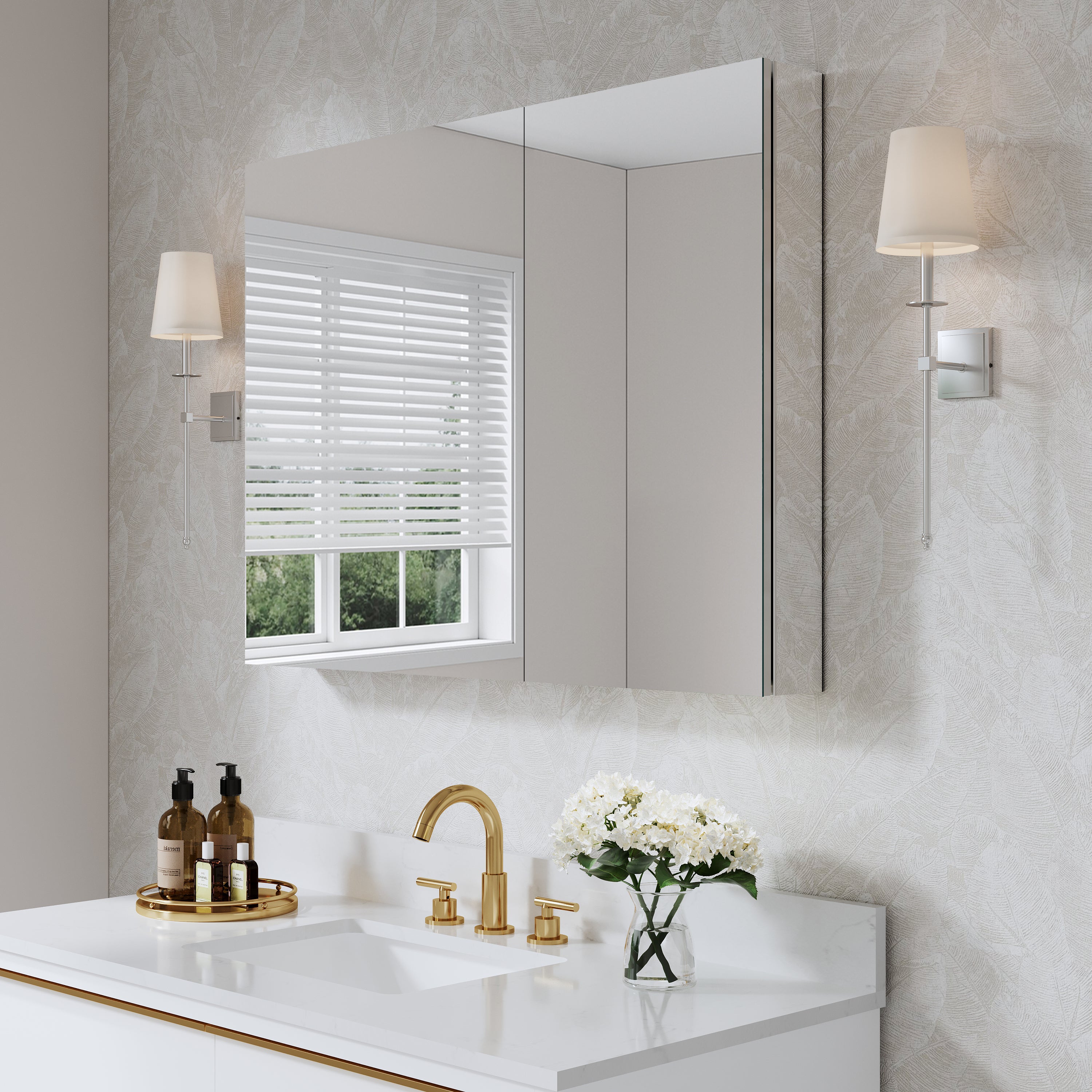

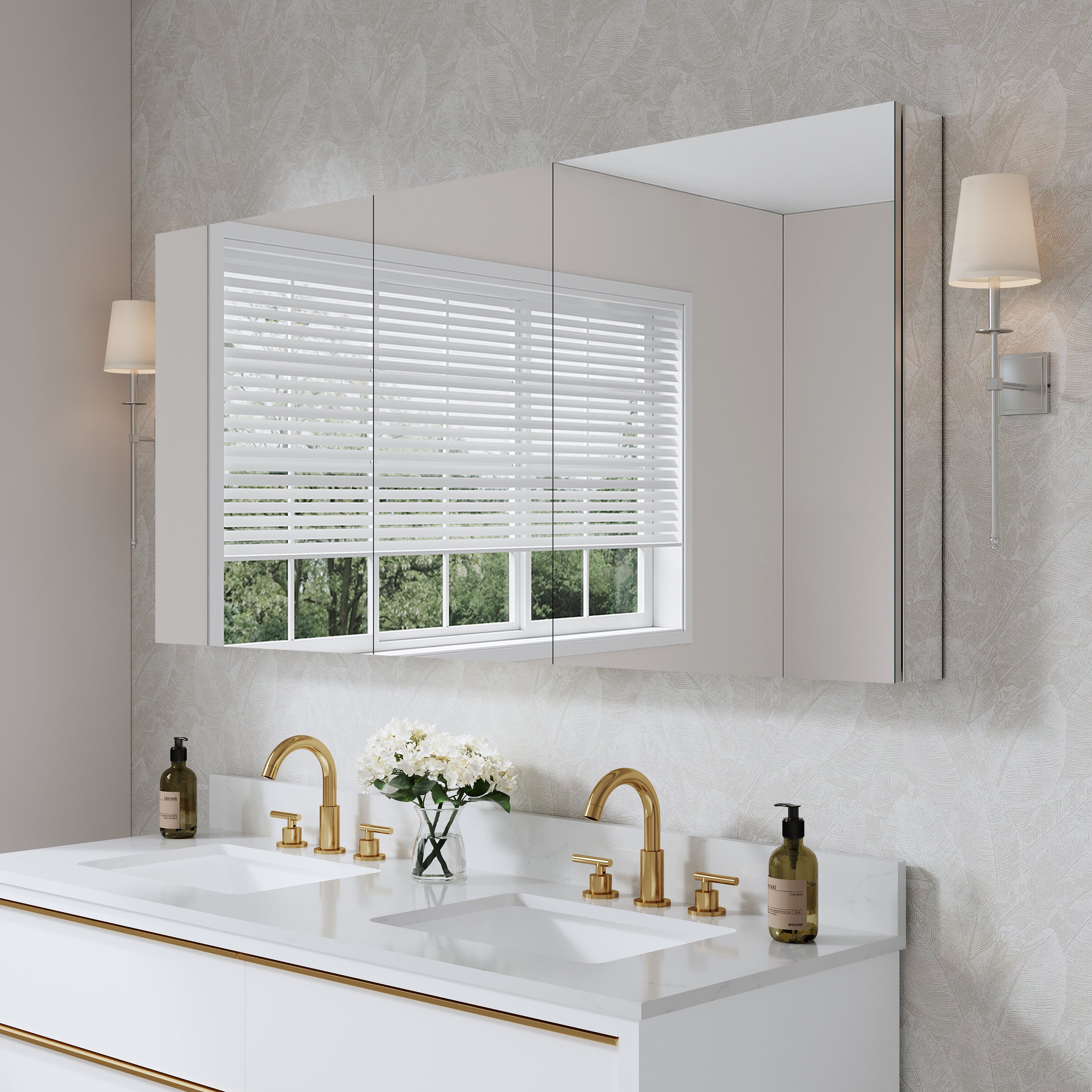

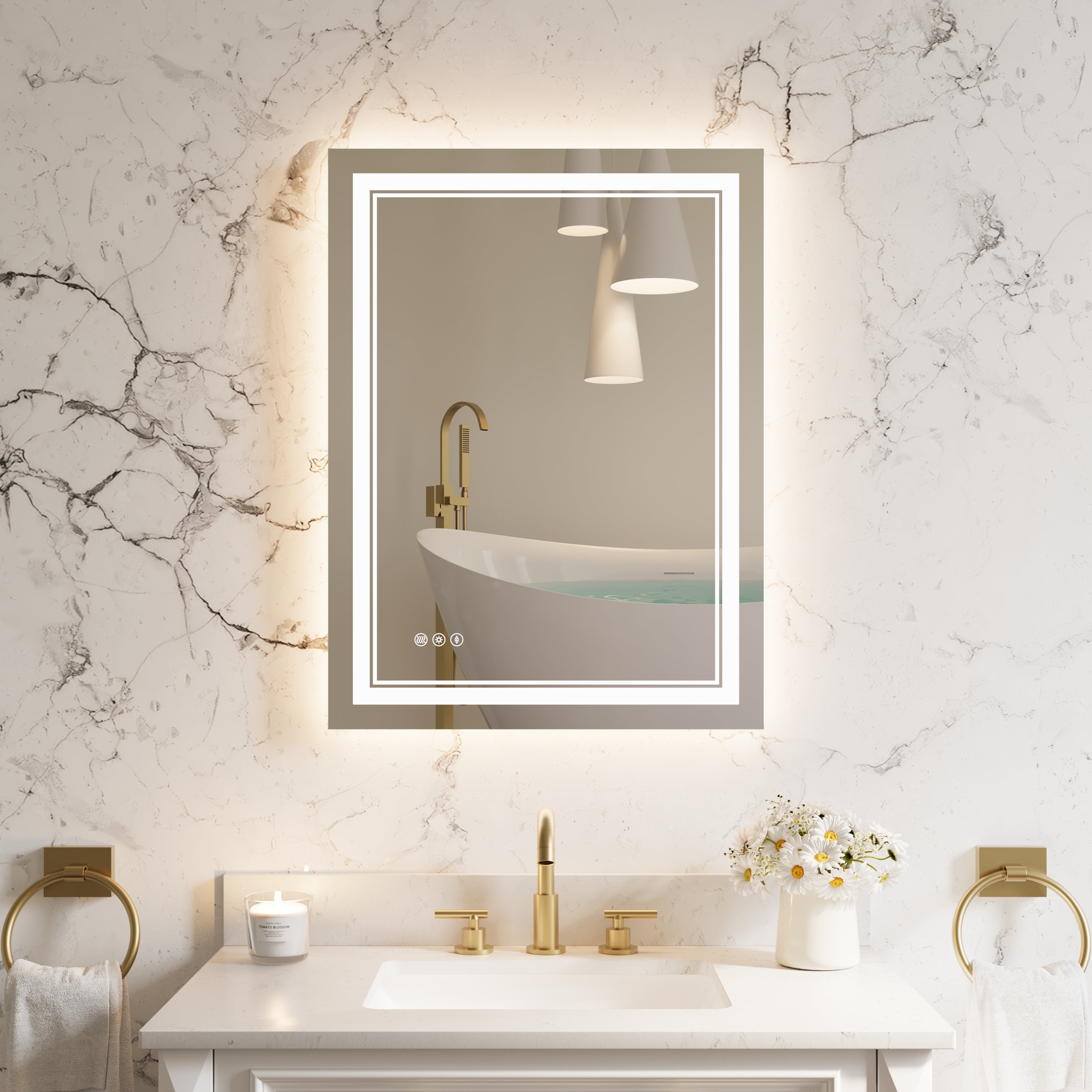
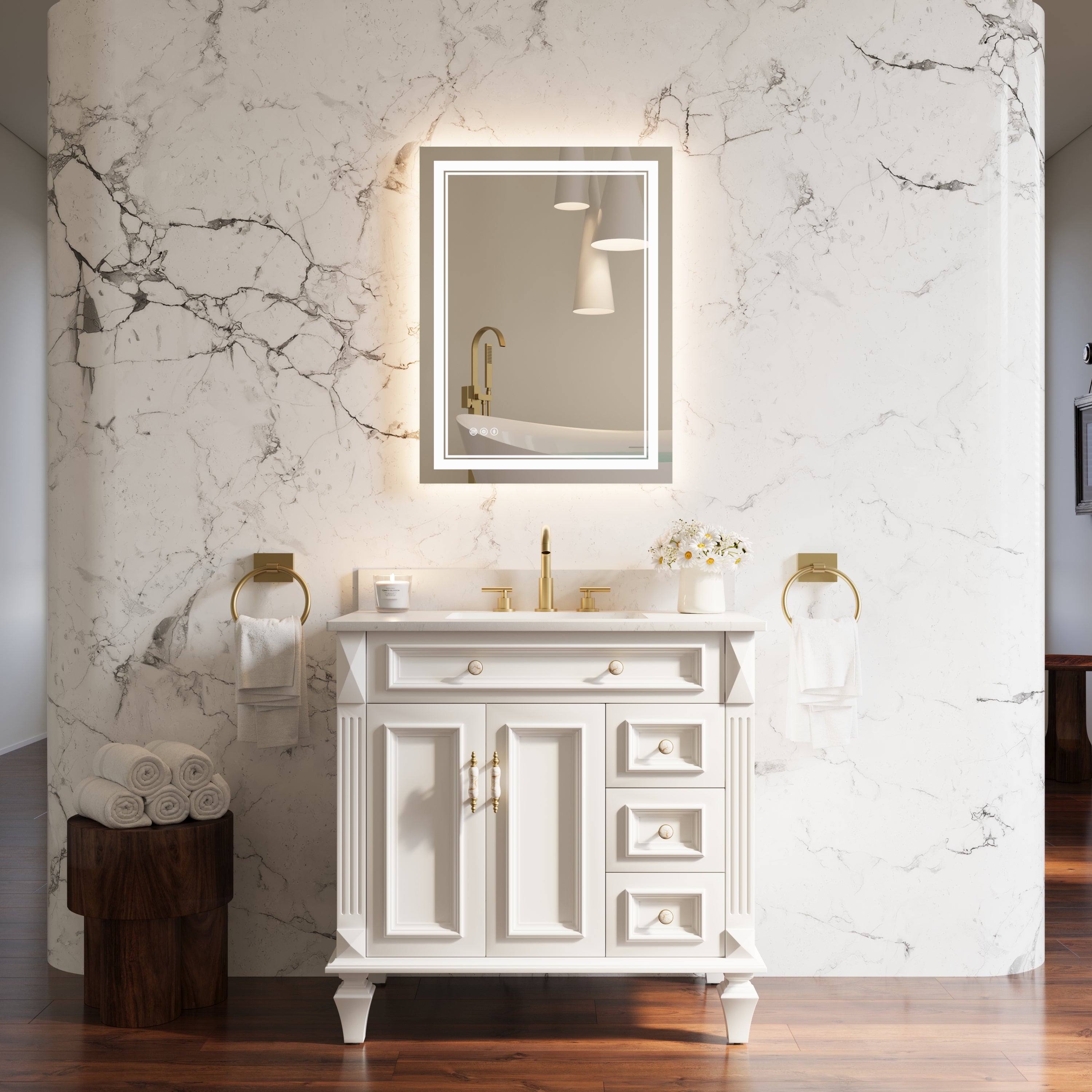
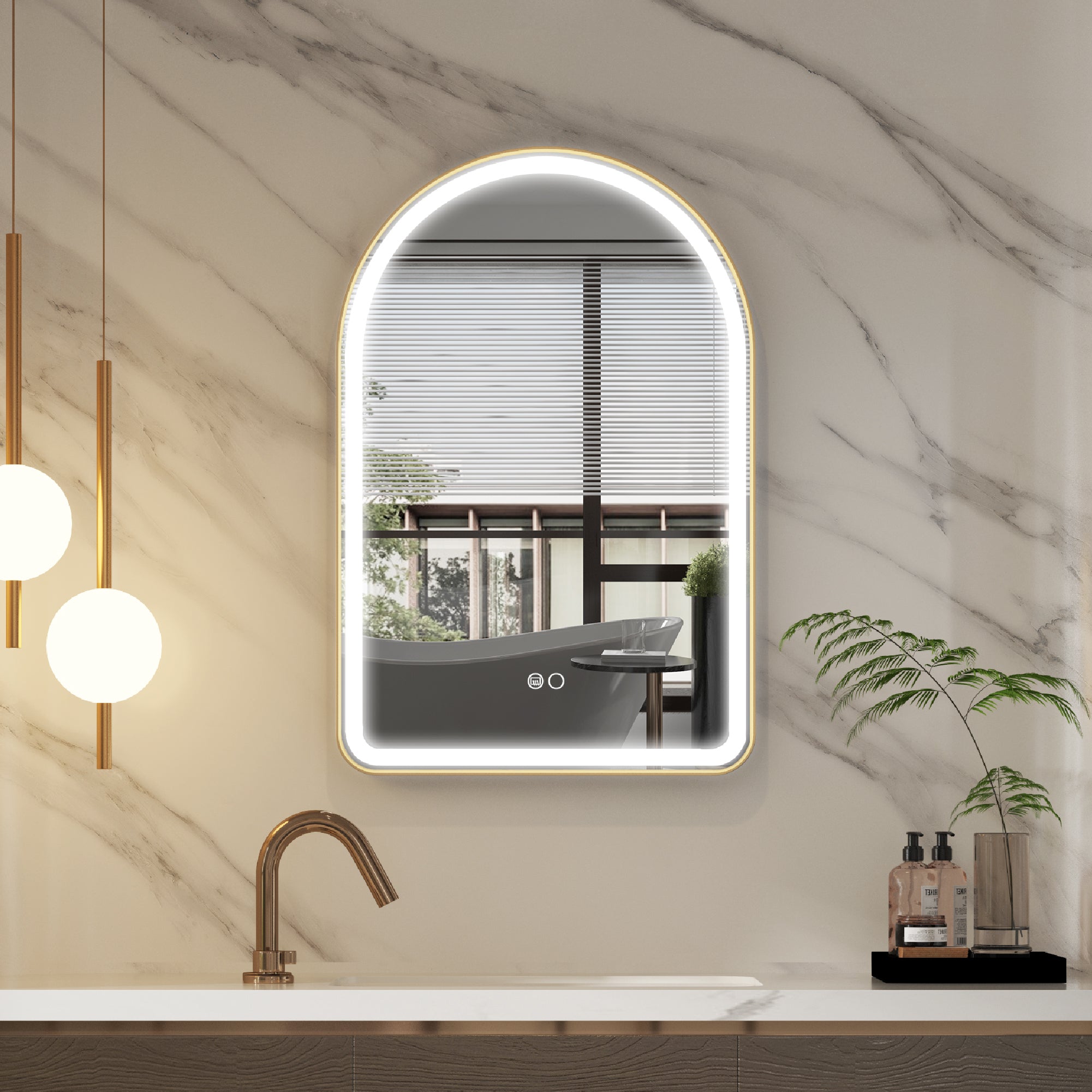
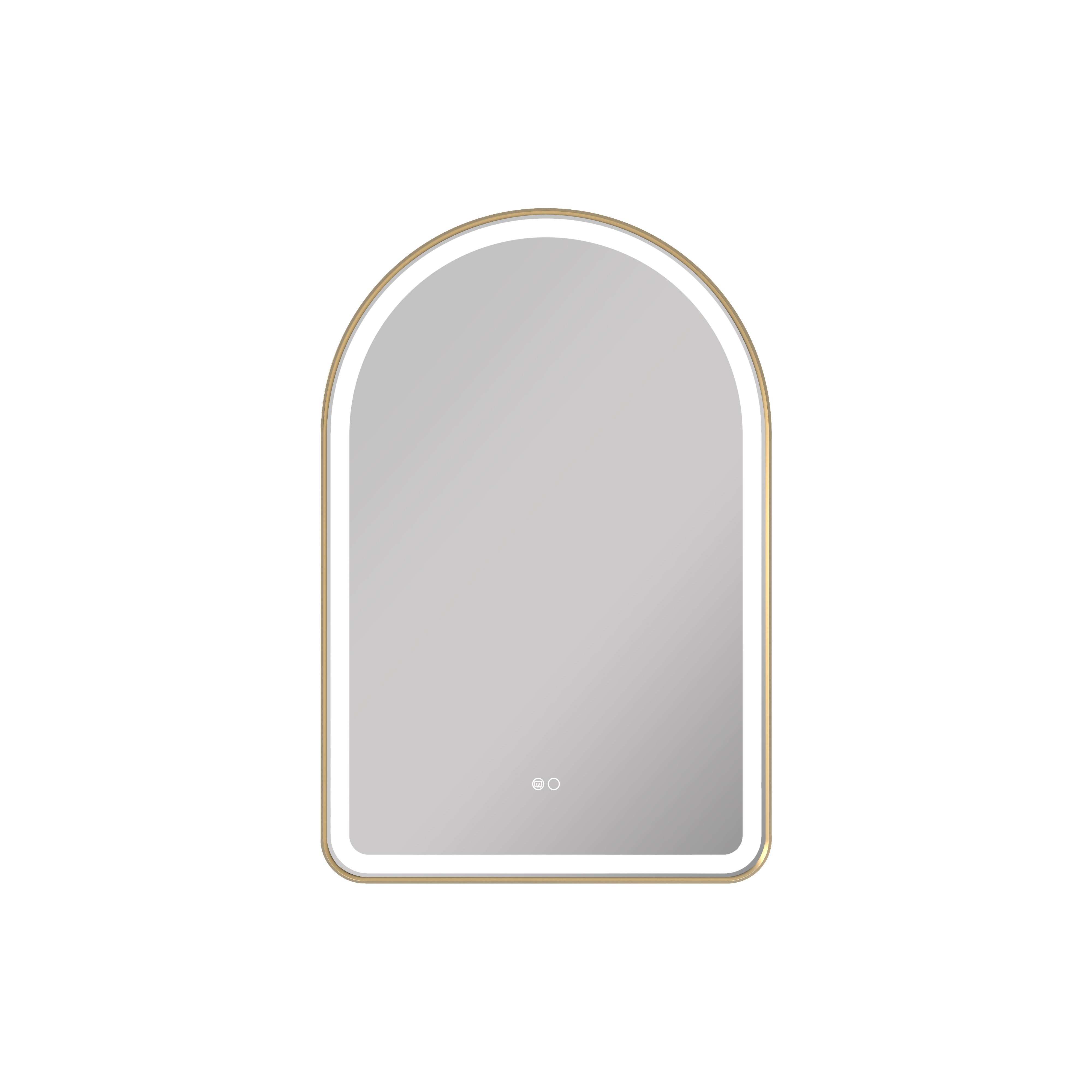


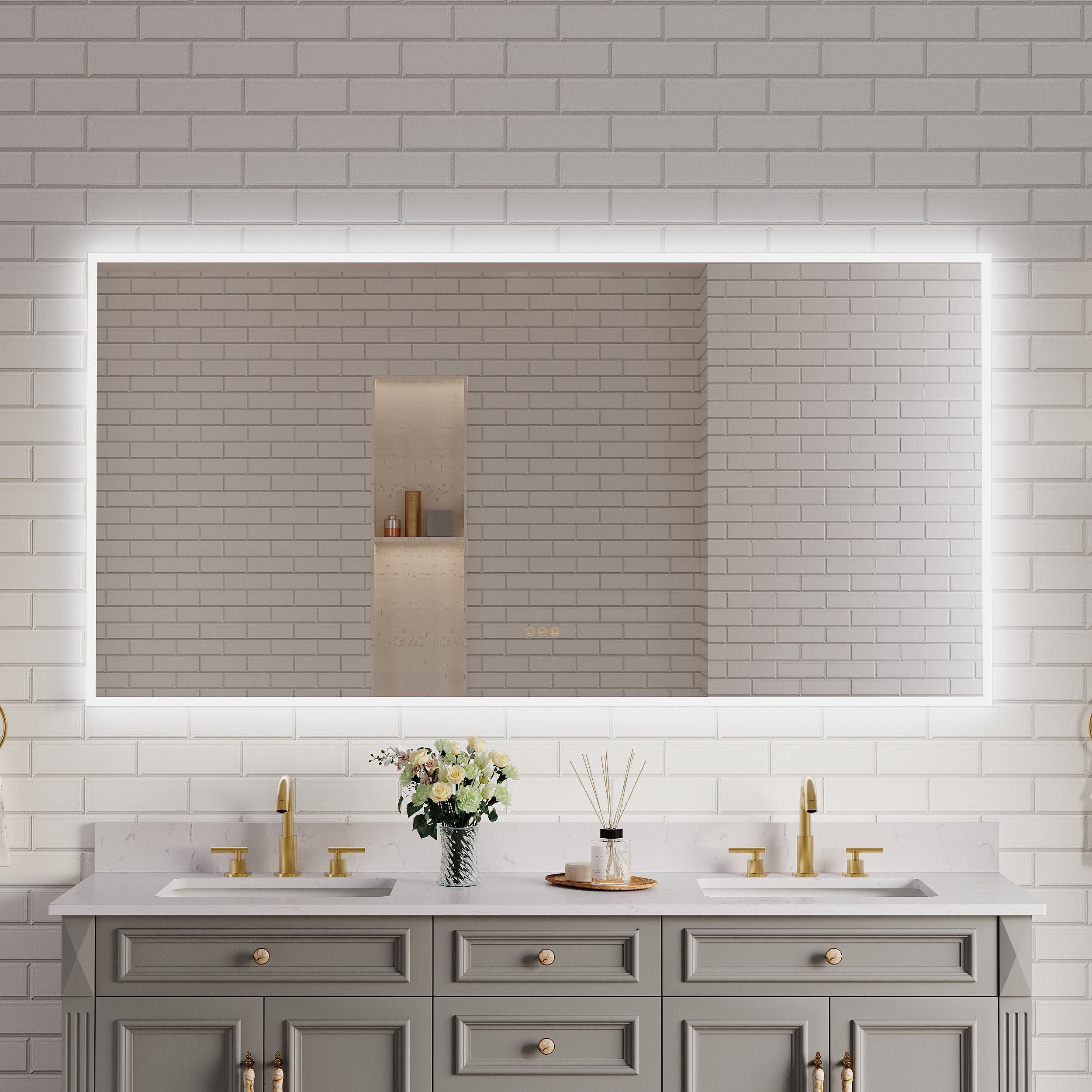





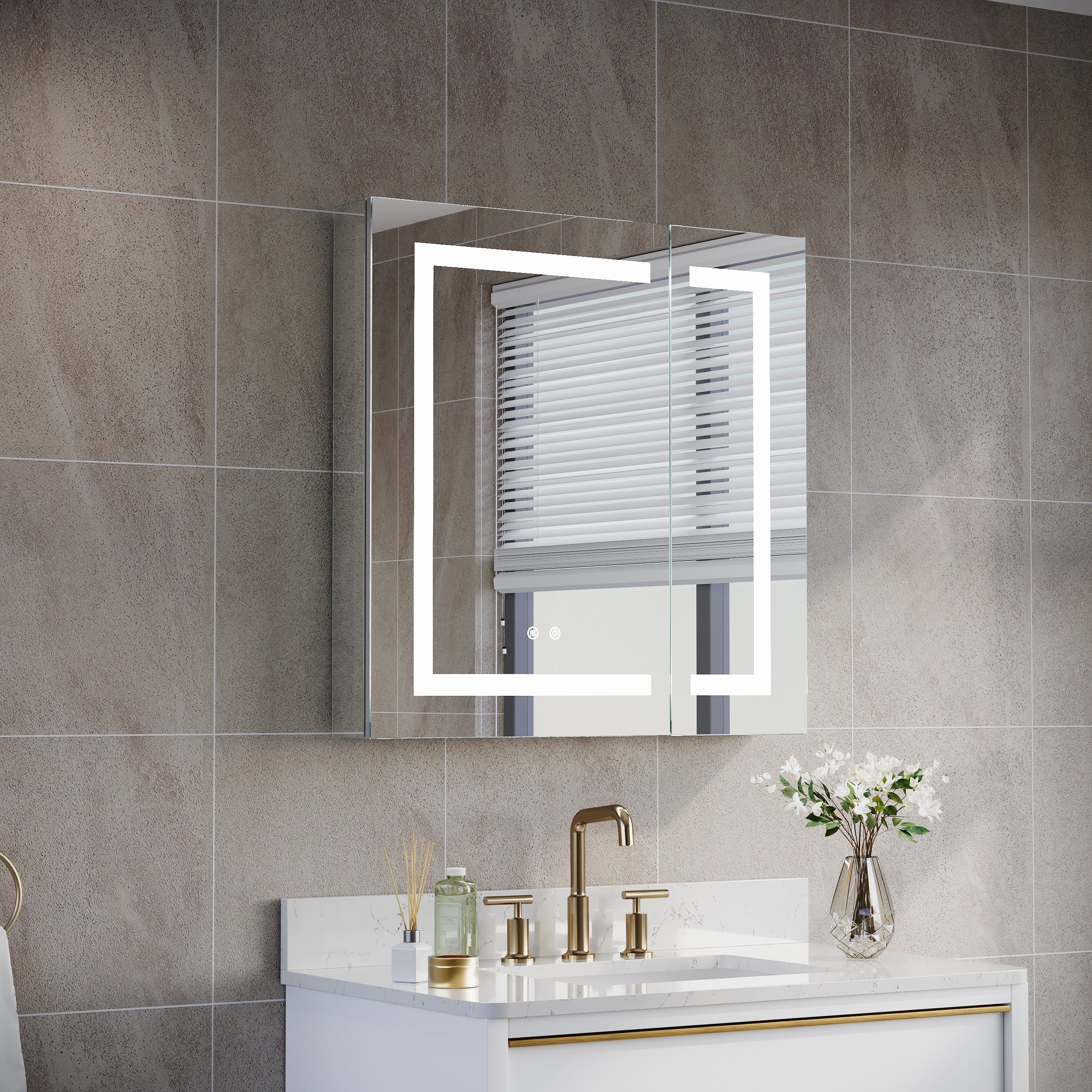
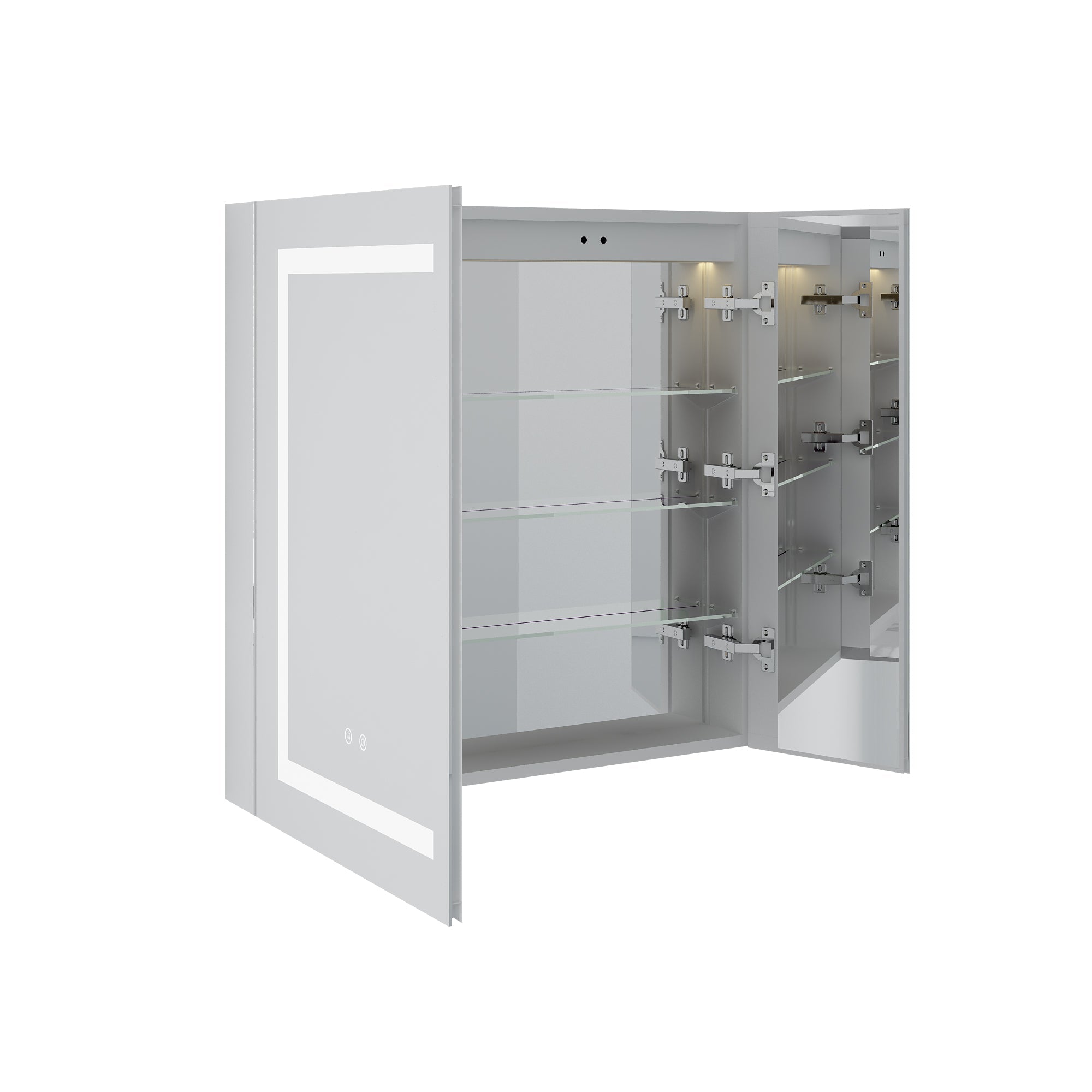




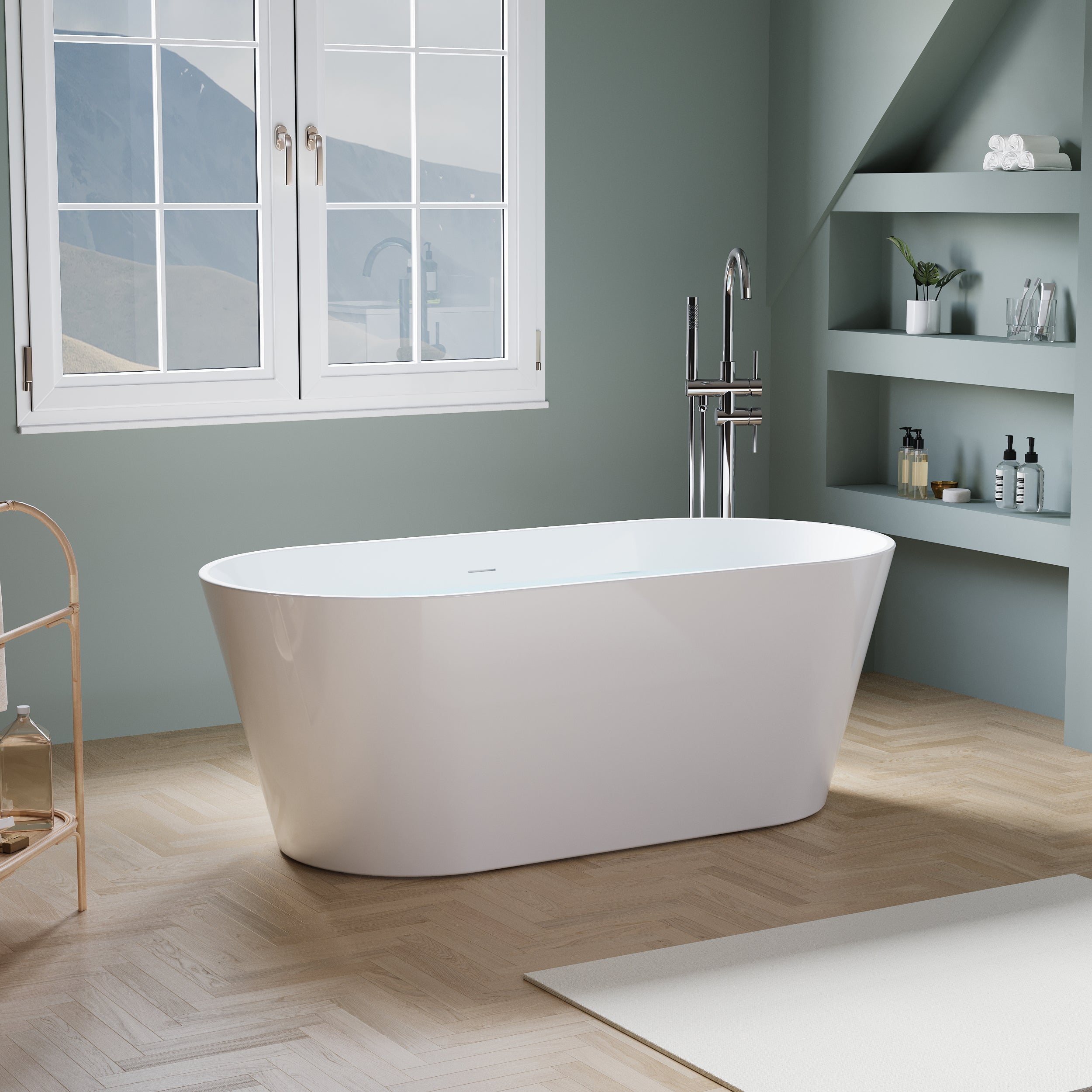
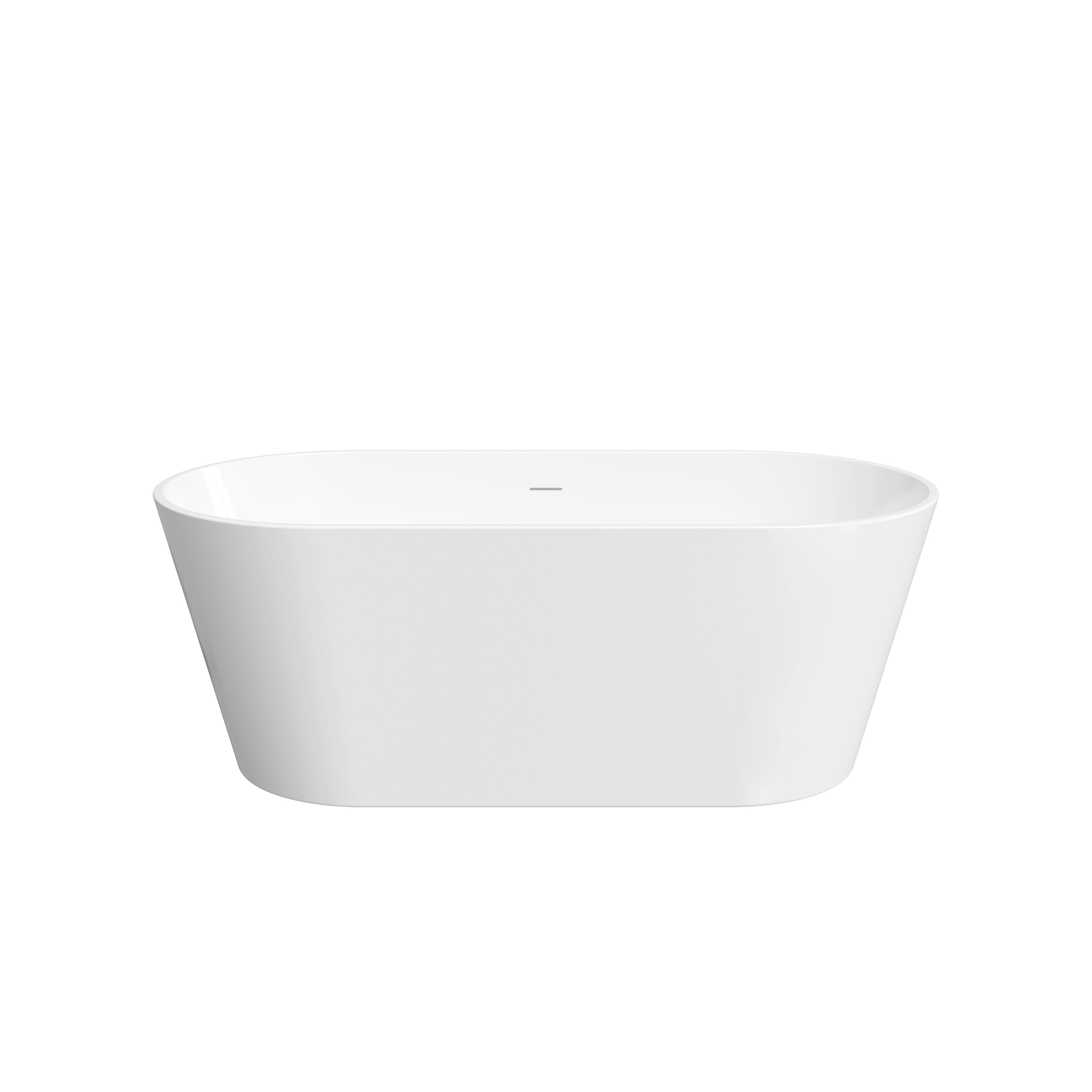


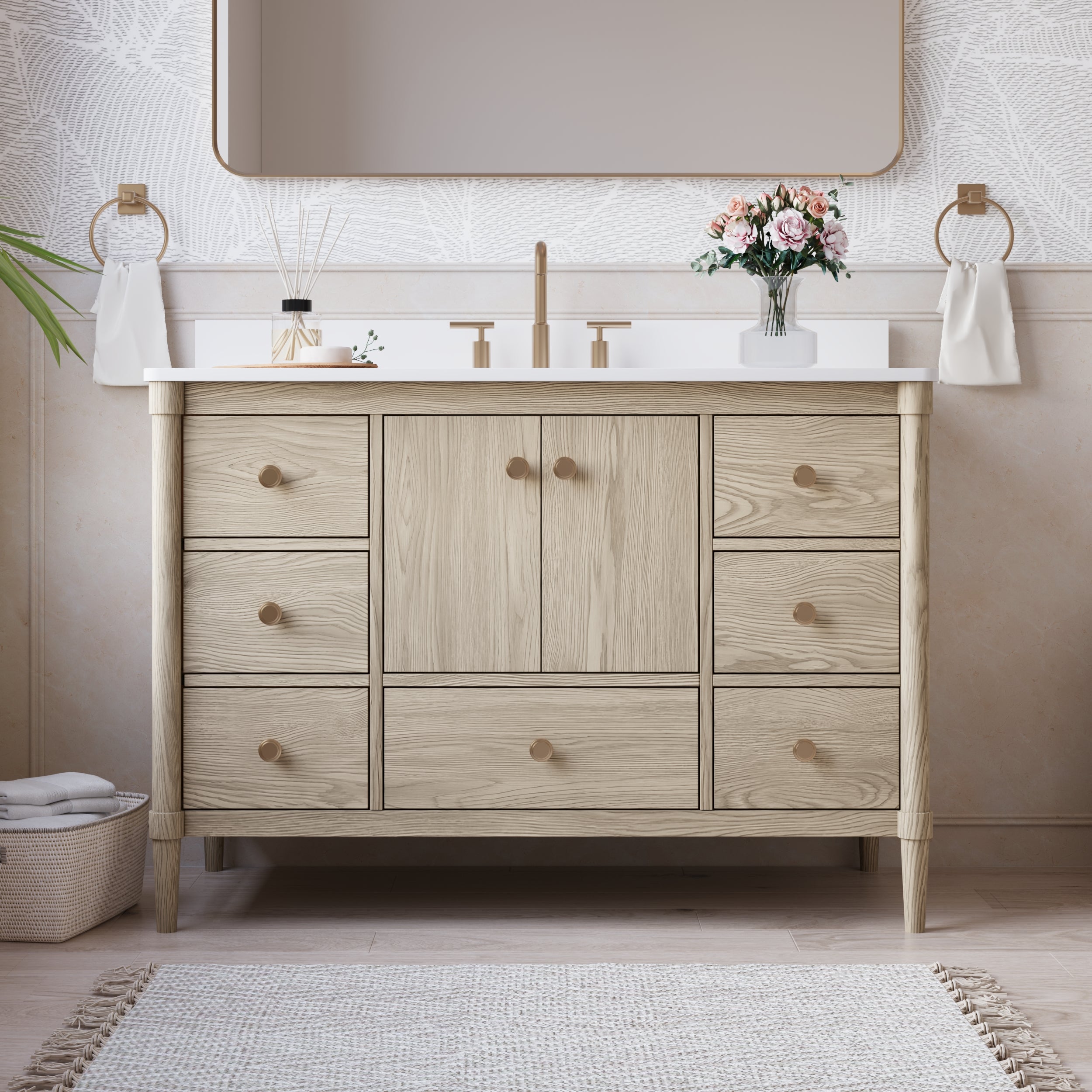
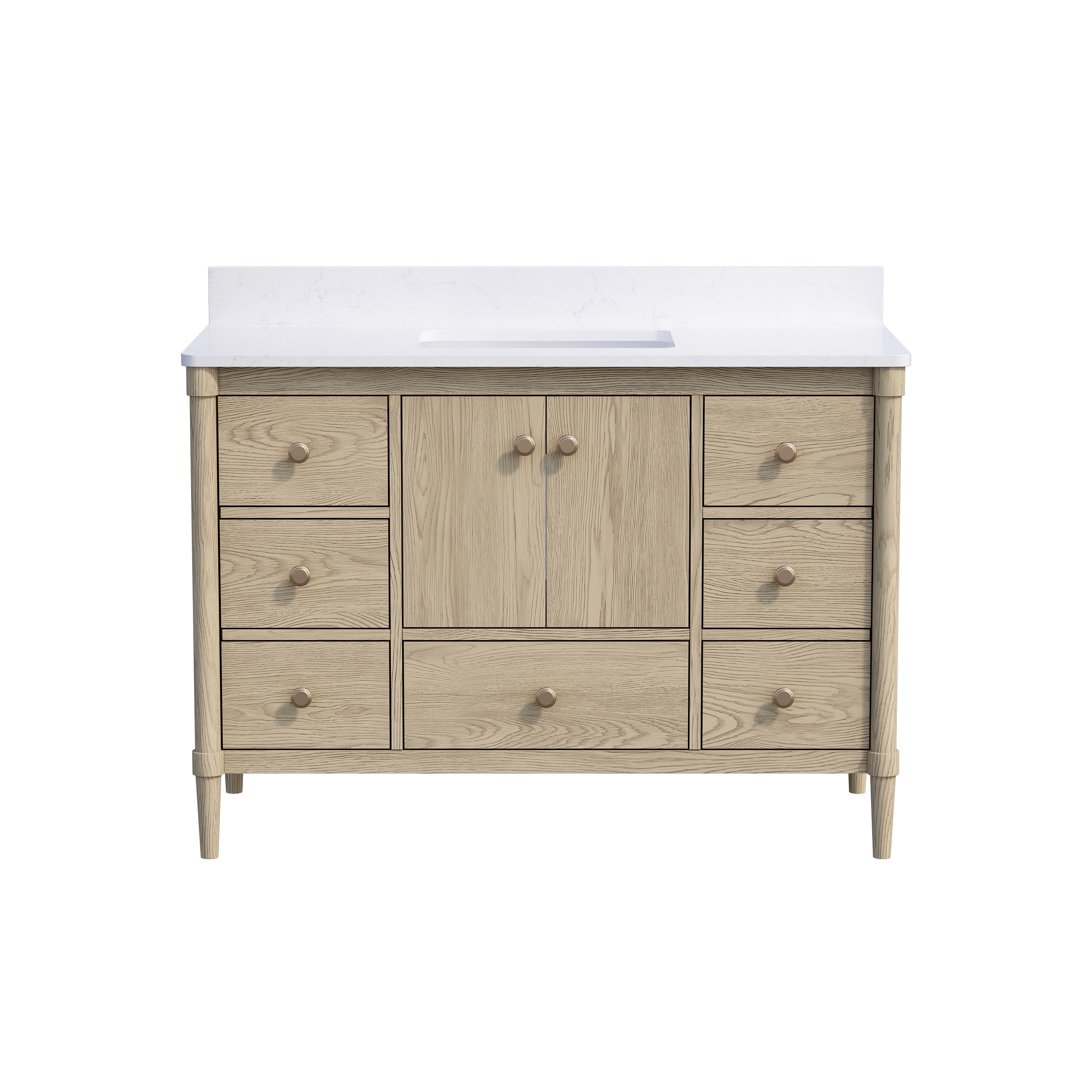
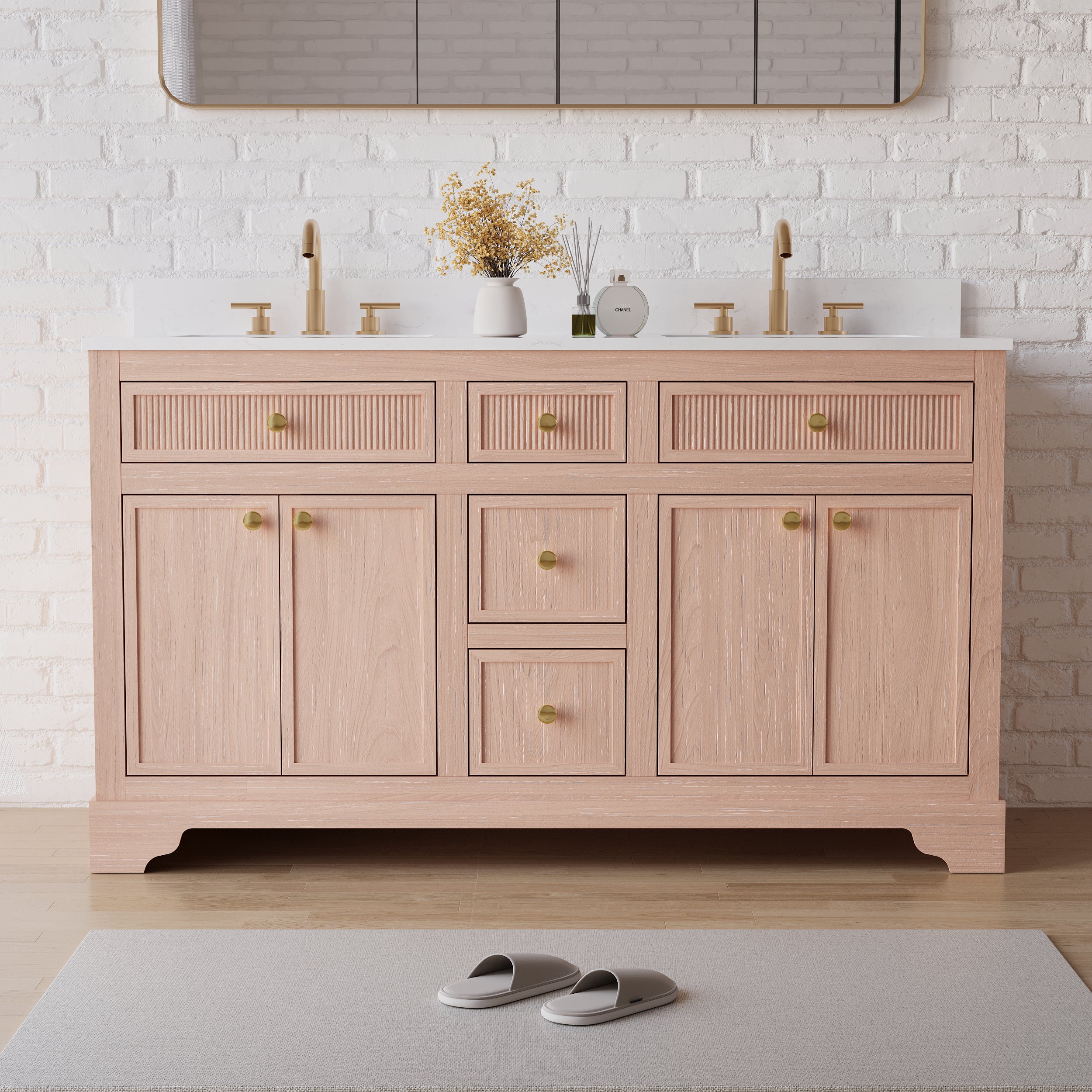
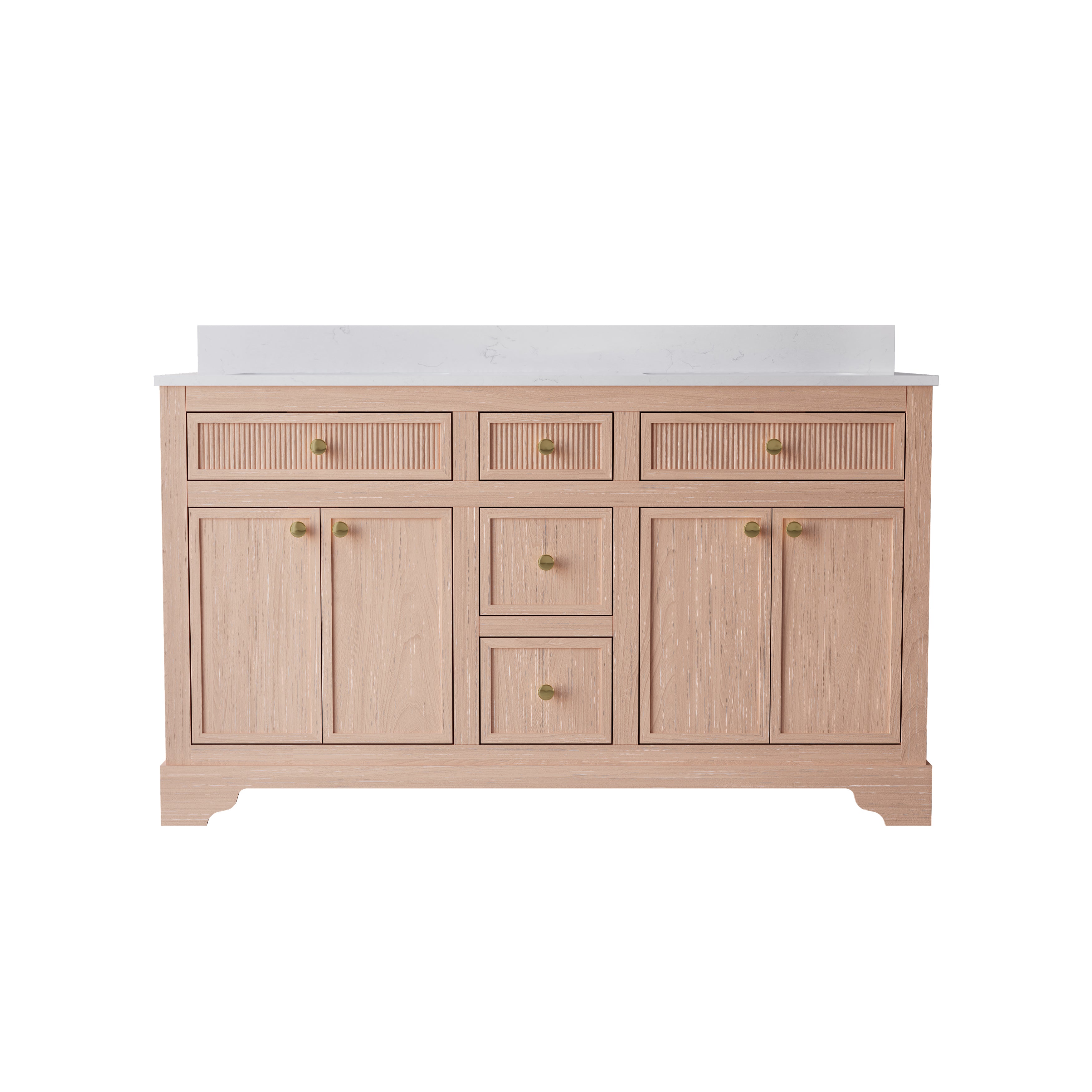
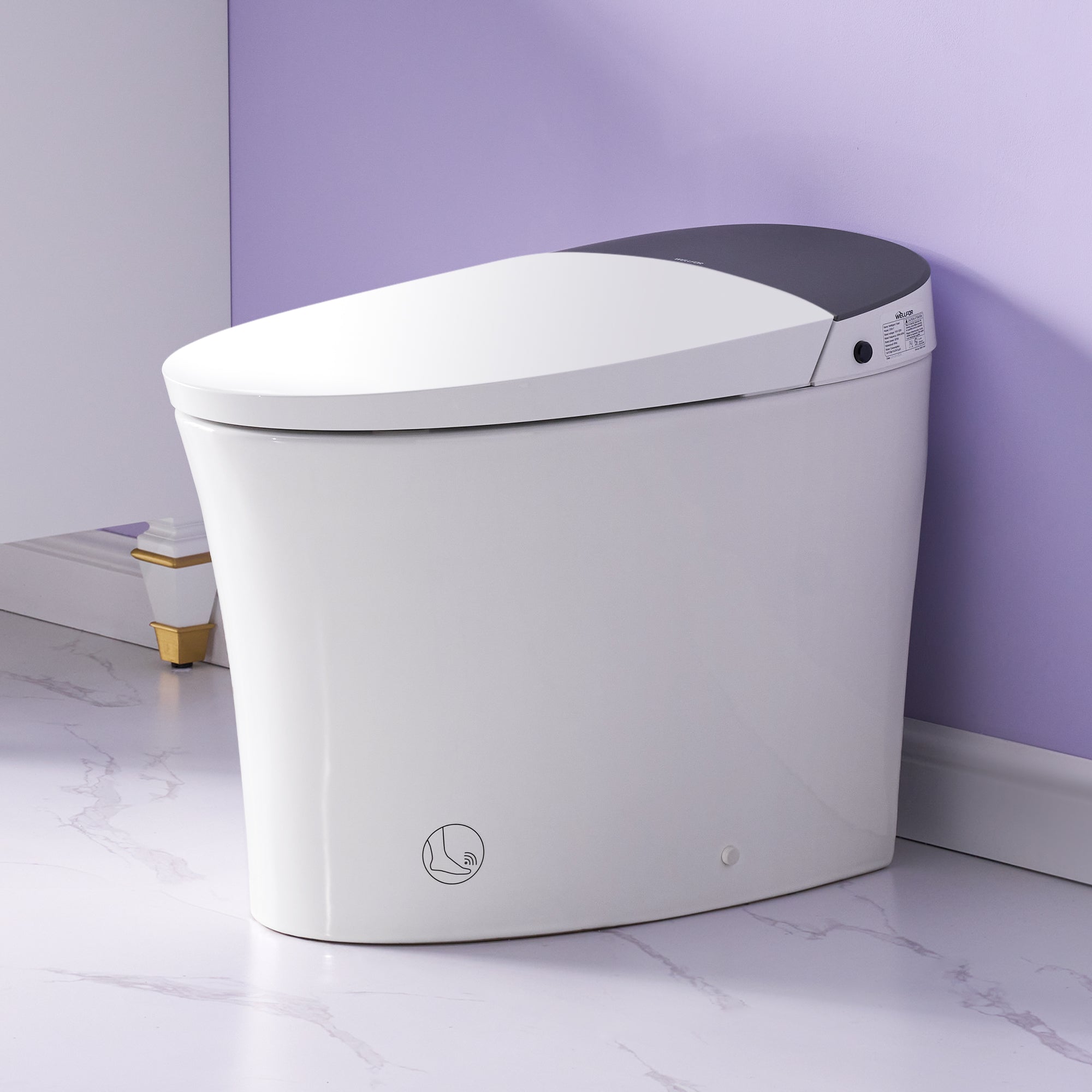
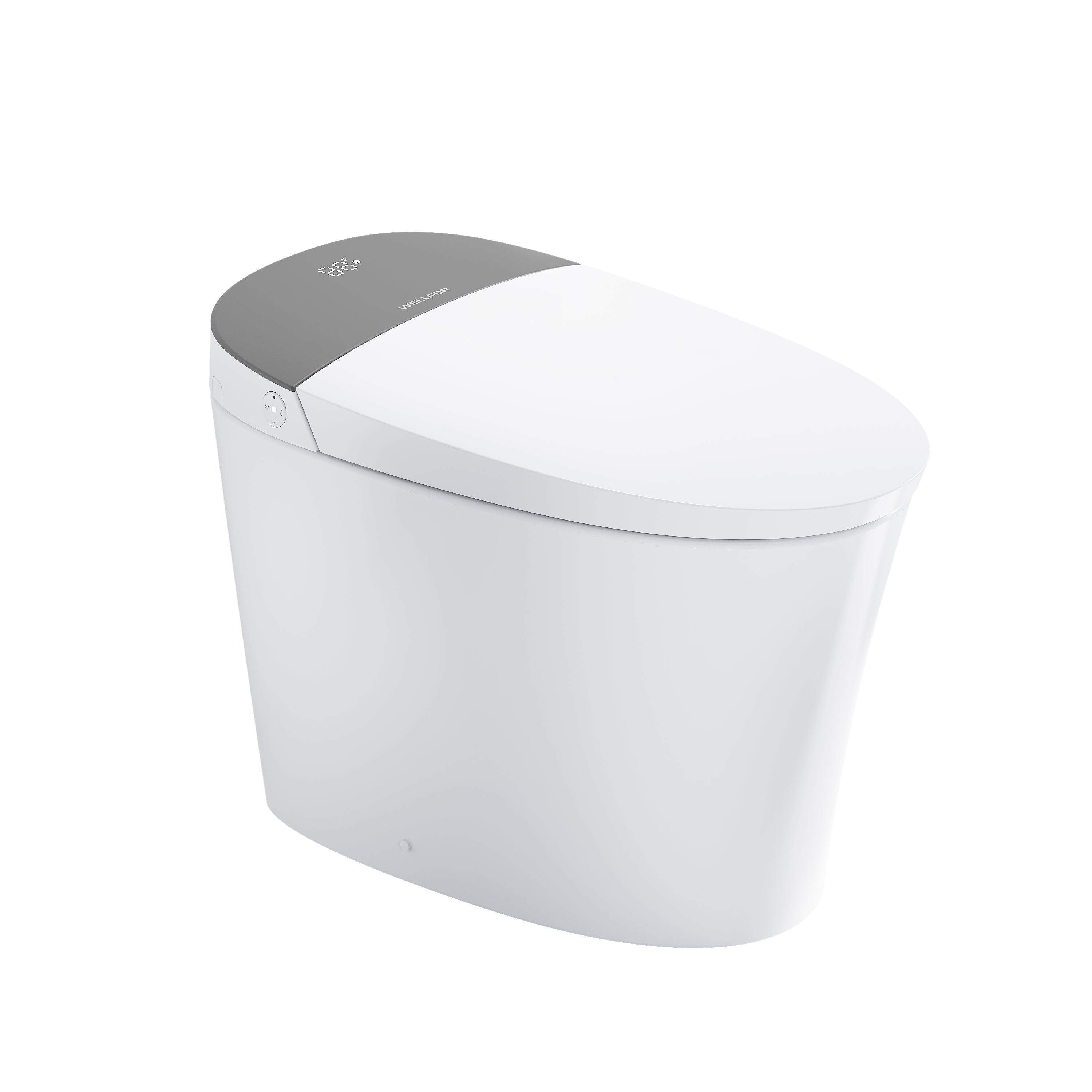
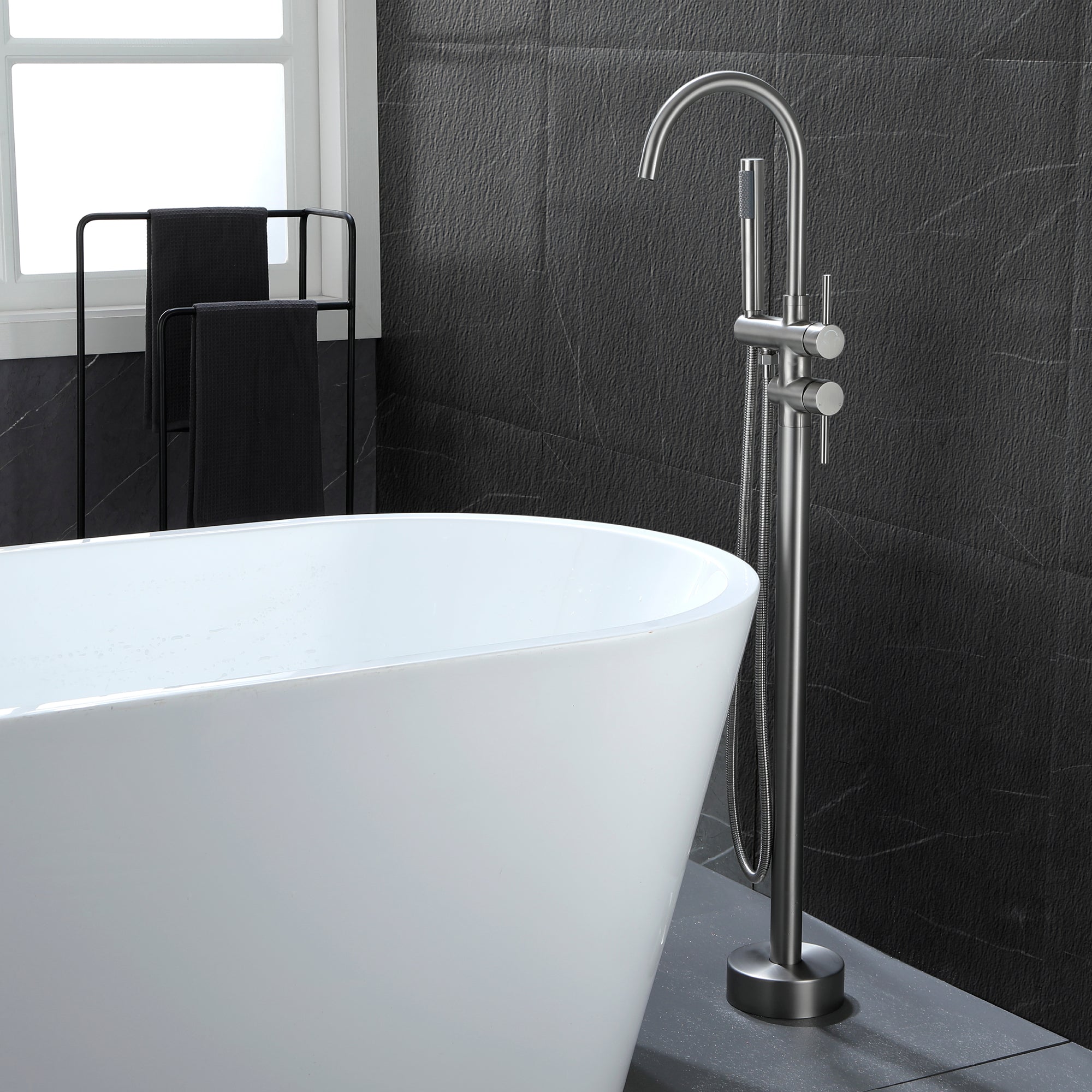

Leave a comment
This site is protected by hCaptcha and the hCaptcha Privacy Policy and Terms of Service apply.